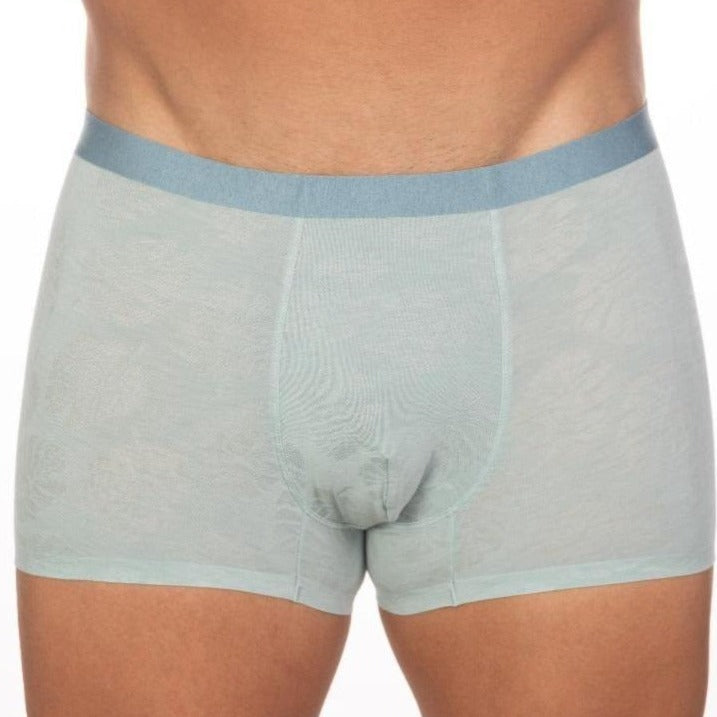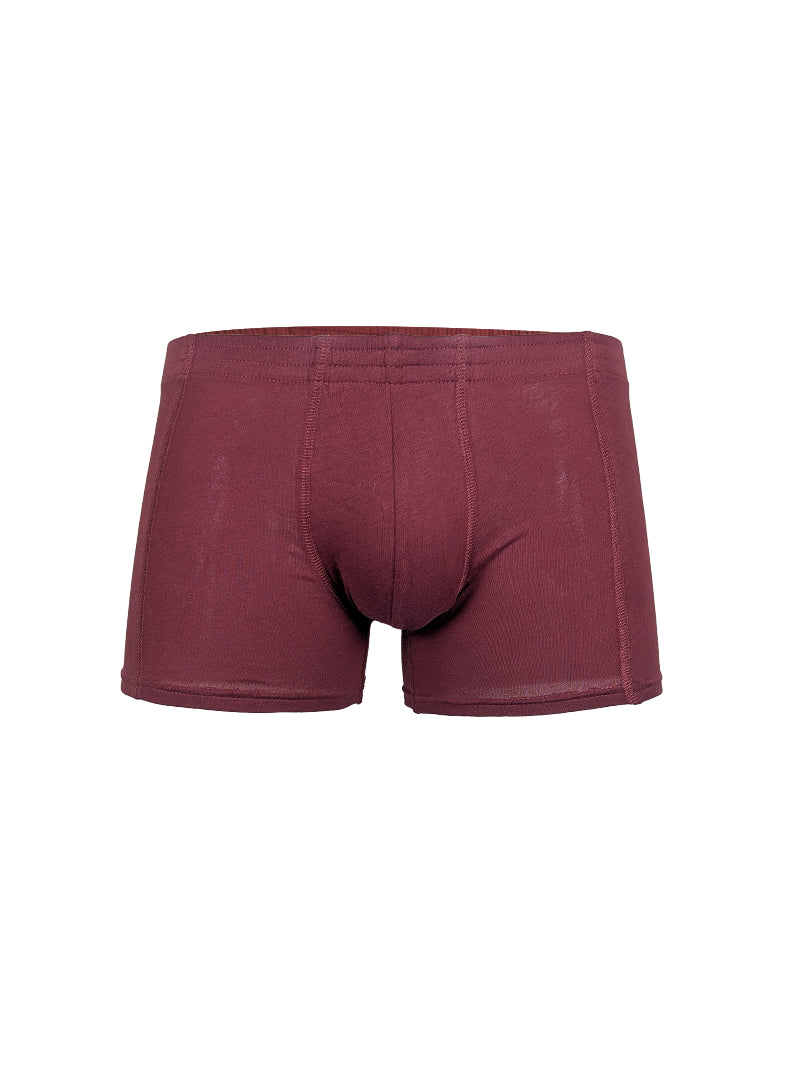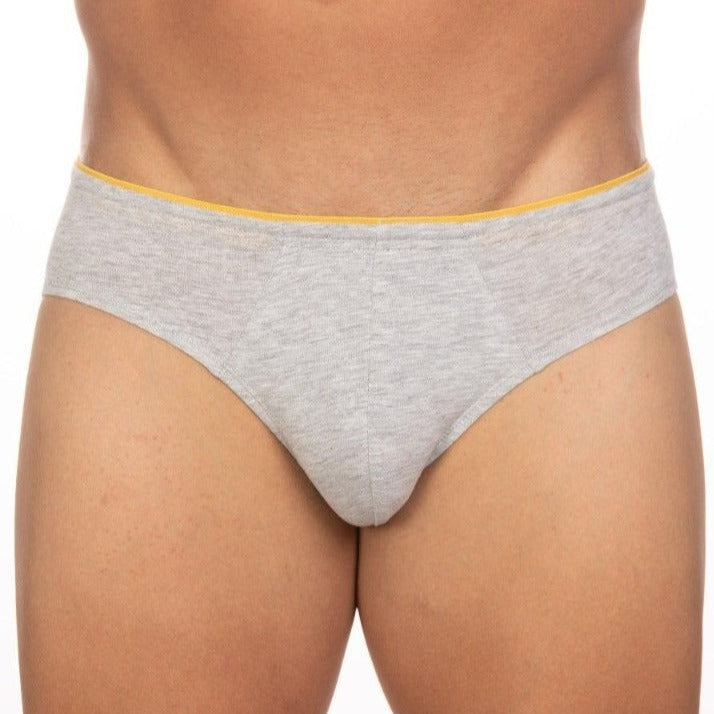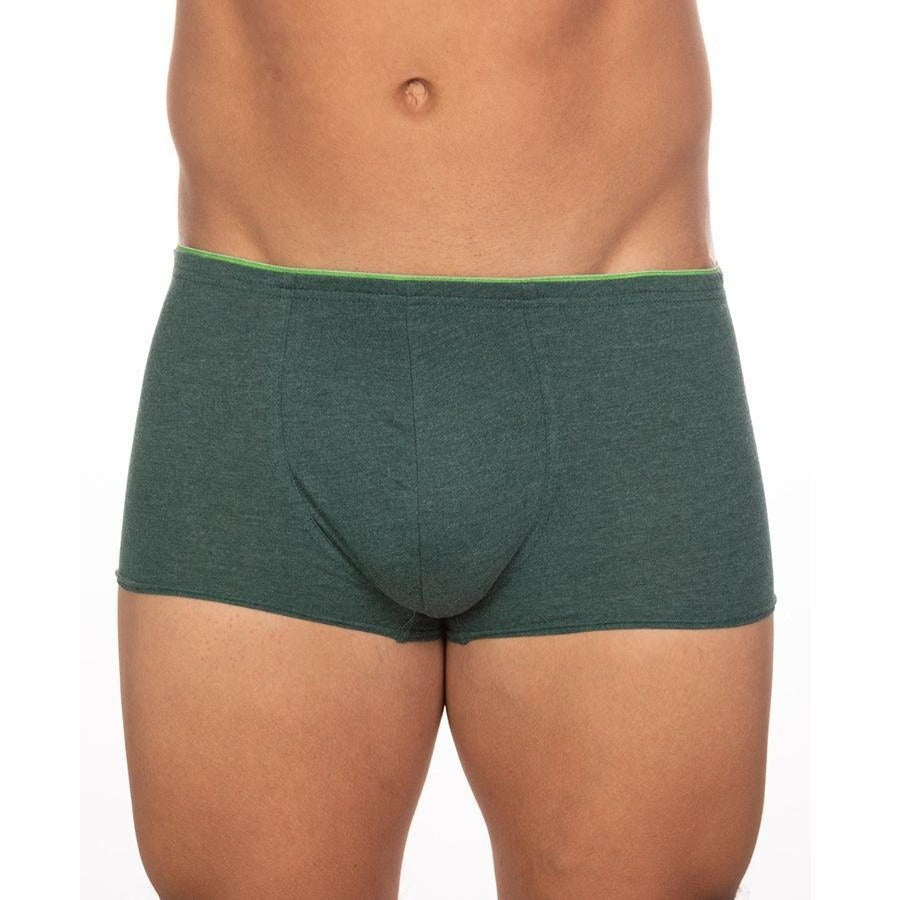Comprehensive Guide for Comfort, Hygiene & Swimwear Tips
Are you packing for a beach vacation or prepping for a day at the pool and still wondering, “Should I wear underwear under my swimwear?” If so, you’re definitely not alone! This is one of the most frequently searched swimwear questions, and it’s surrounded by myths, personal preferences, and a surprising amount of controversy. In this ultimate guide, we’ll dive deep into the comfort, hygiene, and style factors behind this debate. We’ll also provide expert-backed advice, practical tips, and plenty of internal and external resources—so you’ll be fully equipped to make the best choice for your next swim.
Myth vs. Reality: Should You Wear Underwear Under Swimwear?
Let’s start by busting the biggest myth: most modern swimwear is designed to be worn without underwear. Whether you’re slipping into a bikini, a one-piece, swim trunks, or board shorts, these garments are engineered to provide support, coverage, and comfort all on their own.
Why Do Some People Think Underwear Is Necessary?
It’s a common misconception that underwear adds an extra layer of protection, modesty, or hygiene. Some worry about “wardrobe malfunctions,” see-through fabrics, or just feel more secure with that extra layer. However, swimwear designers have already considered these concerns. Most quality swimwear, like those found in The Clothing Hub’s bikini collection and men’s swim briefs, feature built-in linings, mesh panels, and technical fabrics that do everything underwear would—and more.
Comfort: Does Wearing Underwear Under Swimwear Make You More Comfortable?
Let’s talk comfort—because nobody wants to spend their pool day adjusting soggy underwear or dealing with chafing.
Why Underwear Under Swimwear Usually Backfires
· Waterlogged Fabric: Underwear, especially cotton, isn’t made for water. It becomes heavy, soggy, and uncomfortable when wet.
· Chafing and Bunching: Wet underwear can bunch up and rub against your skin, causing painful chafing. This is especially true if you’re moving around, swimming, or playing sports.
· Restricted Movement: Extra layers can restrict your range of motion, making it harder to swim, surf, or play beach volleyball.
Most modern swimwear comes with built-in mesh or fabric linings that provide all the support and coverage you need. These linings are soft, quick-drying, and designed to move with your body, making underwear unnecessary for comfort.
If you want to learn more about the best swimwear for comfort, check out A Guide to Underwear That Doesn’t Ride Up and Prevent Chafing.
Hygiene Matters: Is It More Hygienic to Go Commando in Swimwear?
Hygiene is a major concern for many people. You might assume that wearing underwear creates a barrier against germs, but the opposite is often true.
The Hygiene Risks of Underwear Under Swimwear
· Trapped Moisture: Underwear, especially cotton, holds onto water and sweat, creating a warm, damp environment where bacteria and yeast can thrive.
· Slower Drying: Swimwear fabrics are engineered to dry quickly, but underwear slows this process, keeping you wet for longer.
· Skin Health: Going commando allows your skin to breathe and dry naturally, reducing the risk of rashes, irritation, and infections.
The CDC recommends showering before swimming and keeping your swimwear clean, but there’s no need for underwear underneath. For more hygiene tips, see How Often Should You Replace Your Underwear? and Lingerie Laundry 101.
Best Fabrics for Swimwear: Should You Wear Underwear With Certain Swimwear Fabrics?
Not all swimwear fabrics are created equal, but most are designed to be worn solo. Here’s what you need to know:
· Polyester and Nylon: These are the most common swimwear materials. They’re lightweight, durable, and dry quickly. Underwear adds bulk and slows drying.
· Elastane (Spandex): Provides stretch and a snug fit. Adding underwear can interfere with the fabric’s ability to contour to your body.
· Cotton: Avoid cotton underwear under swimwear—it absorbs water, becomes heavy, and dries slowly.
If your swimwear feels thin or unlined, consider looking for options with built-in mesh or double-layered fabric instead of adding underwear. This will give you the coverage and comfort you need without the drawbacks.
For a deeper dive into swimwear fabrics, check out the 2025 swimwear trends and best fabrics.
How to Avoid Visible Panty Lines in Swimwear?
Visible panty lines (VPL) can ruin the sleek look of your swimwear. The best way to avoid them? Don’t wear underwear under your swimsuit! Additional tips:
· Choose Seamless Swimwear: Look for swimsuits with seamless edges or laser-cut finishes for a smooth silhouette.
· Double-Lined Swimsuits: These offer extra coverage and support, eliminating the need for underwear.
· Darker or Patterned Fabrics: These can help disguise any lines or bulges, but skipping underwear is still the most effective solution.
Explore seamless and double-lined options in The Clothing Hub’s swimwear collections.
When Is It Appropriate to Wear Underwear Under Swimwear?
While it’s generally best to skip the underwear, there are a few exceptions:
· No Lining: If your swim trunks or board shorts lack a built-in lining, you might want to wear swim-specific briefs or compression shorts for support. Browse Gigo swim trunks and briefs for lined and unlined options.
· Modesty Needs: In certain cultural or social settings, you may feel more comfortable with an extra layer.
· Non-Swimming Occasions: If you’re wearing swimwear as casual wear (like board shorts at a barbecue), underwear can be appropriate.
However, for actual swimming, especially in pools or the ocean, it’s best to rely on your swimwear’s built-in features.
The Pros and Cons of Wearing Underwear Under Swimwear
Let’s break it down:
Pros:
· Extra support if your swimwear lacks lining
· Added modesty in some social situations
· Transitional comfort if you’re not planning to swim
Cons:
· Increased risk of chafing and discomfort
· Trapped moisture, leading to hygiene issues
· Slower drying, making you feel cold and clammy
· Visible panty lines and bulges
· Potential damage to underwear from chlorine or saltwater
· Reduced swimwear performance and fit
For more on comfort and style, see A Guide to Underwear That Doesn’t Ride Up and Prevent Chafing.
Swimwear Alternatives: Can You Skip the Underwear?
Absolutely! Modern swimwear brands offer plenty of options that eliminate the need for underwear:
· Trunks with Mesh Linings: Offer support and breathability.
· Bikinis and One-Pieces with Double Linings: Provide coverage and a smooth fit.
· Swim Briefs and Jammers: Designed for performance, with built-in support.
· Board Shorts with Compression Liners: Great for active water sports.
Explore The Clothing Hub’s swim bikini collection and swim briefs for the latest styles.
If you’re swimming during your period, consider period-proof swimwear from brands like Ruby Love and Modibodi, which feature built-in leak-proof protection. Learn more at Healthline’s guide to swimming on your period.
What About Kids’ Swimwear?
Parents often wonder if children should wear underwear under their swimsuits. The answer is the same: No, kids’ swimwear is designed to be worn without underwear. Children’s swimsuits come with built-in linings for hygiene and comfort. Adding underwear can cause discomfort, chafing, and even increase the risk of rashes.
What Experts Say: Do You Really Need Underwear Under Swimwear?
Fashion designers, swimwear manufacturers, and health professionals all agree: underwear under swimwear is unnecessary and often detrimental. Swimwear is engineered for comfort, support, and hygiene, and adding underwear can compromise all three.
Health experts point out that going commando in your swimwear allows your skin to breathe, reduces the risk of bacterial or yeast infections, and helps maintain the integrity of both your swimwear and your underwear. For more on underwear care and replacement, see How Often Should You Replace Your Underwear?.
If you’re ever unsure, consult the care label or brand website for specific advice. For additional professional perspectives, check out SwimOutlet’s expert blog.
Final Thoughts: Should You Wear Underwear Under Swimwear?
The bottom line: For swimming, comfort, and hygiene, skip the underwear. Modern swimwear is designed to give you everything you need—support, coverage, and a flattering fit—without any extra layers. The only exceptions are for modesty in certain settings or if your swimwear lacks lining, in which case, opt for swim-specific undergarments rather than regular underwear.
Whether you’re splashing in the pool, catching waves, or just soaking up the sun, you’ll look and feel your best by trusting your swimwear to do its job. So next time you’re packing for the beach, leave the underwear in your drawer—you won’t miss it!
Frequently Asked Questions (FAQ) About Wearing Underwear Under Swimwear
Q1: Is it bad to wear underwear under my swimsuit?
It’s not recommended. Underwear can cause discomfort, chafing, and hygiene issues when wet. For more, see underwear hygiene tips.
Q2: Can wearing underwear with swimwear cause discomfort or chafing?
Yes. Wet underwear can bunch up, rub against your skin, and lead to painful chafing, especially during activity. Learn how to prevent chafing here.
Q3: Do I need to wear underwear with a bikini or thong swimwear?
No. These styles are designed with built-in linings for comfort and hygiene. Explore The Clothing Hub’s bikini collection for options.
Q4: What is the best swimwear fabric that doesn’t require underwear?
Polyester, nylon, and elastane blends are ideal. They dry quickly and provide support. See 2025 swimwear fabric trends for more.
Q5: How do I prevent visible panty lines in my swimwear?
Simply skip the underwear and choose seamless or double-lined swimwear. Find seamless options in The Clothing Hub’s swimwear collections.
Q6: Are there any swimwear options that eliminate the need for underwear?
Yes. Look for trunks with mesh linings, double-lined swimsuits, or swim briefs with built-in support. Browse swim briefs for men.
Q7: How often should I wash my swimwear if I don’t wear underwear?
Rinse after every use and wash regularly, especially after swimming in chlorinated or salt water. For care tips, see Lingerie Laundry 101.
Q8: Should I wear underwear under my swim trunks for extra support?
Only if your trunks lack a lining. Most modern trunks have built-in support. Explore Gigo swim trunks for lined options.
Q9: Can wearing underwear under swimwear affect my overall comfort?
Yes, it usually makes you less comfortable due to water retention, chafing, and restricted movement.
Q10: What do swimwear experts recommend regarding underwear under swimsuits?
Experts recommend not wearing underwear under swimwear for optimal comfort, hygiene, and appearance.
Additional Resources
· How Often Should You Replace Your Underwear?
· A Guide to Underwear That Doesn’t Ride Up and Prevent Chafing
Ready to upgrade your swimwear? Browse the latest swimwear collections at The Clothing Hub and enjoy the water in style and comfort—no underwear required!







